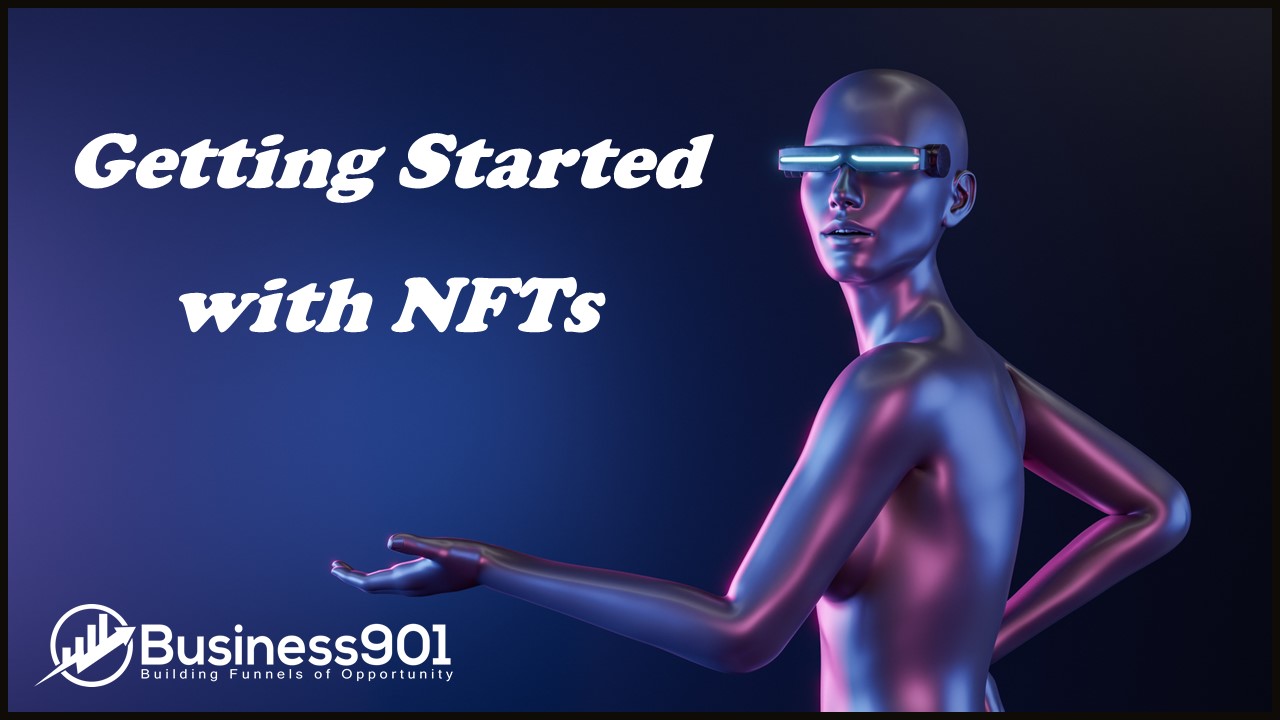An NFT, or Non-Fungible Token, is a digital asset similar to a cryptocurrency. However, non-fungible refers to the uniqueness of the asset. Some assets are unique and have their value in the real world, such as real estate, fine art, or even baseball cards. These are non-fungible assets, and on a blockchain, they are represented by NFTs.
NFTs are a new way to represent ownership of these assets on the blockchain. With an NFT, each asset is stored as a unique token on the blockchain. This allows for more secure and transparent ownership of these assets. NFTs have the potential to revolutionize the way we own and trade these assets. We can create a more secure and efficient way to trade and own these assets by using the blockchain.
Being stored on the blockchain, the NFT transaction provides a complete and immutable history. When the owner wishes to sell, they can engage in secure trading with a direct counterparty, liquidating the asset into crypto or fiat currency and avoiding the need for brokers and their associated fees. The increased transparency and security of the blockchain mean that NFTs are becoming increasingly popular for storing and trading value.
NFTs can also represent partial ownership of assets, such as real estate, allowing someone to own a piece of an asset that they couldn’t otherwise afford. Now, many industries are exploring how benefits can be leveraged to create new revenue streams, engage consumers, and solve longstanding problems. For example, the music industry is investigating how NFTs can be used to sell digital music files to ensure that artists are fairly compensated for their work.
Similarly, the real estate industry is looking at how NFTs can be used to fractionalize ownership of property, making it more accessible to a broader range of people. As NFTs continue to grow and evolve, it will be interesting to see how else they can be used to streamline and improve supply chains.
Digital collectibles were one of the first widespread applications for NFTs but have recently gained renewed interest, particularly to enhance fan engagement in sectors such as sports and eSports. Teams and clubs can mint unique or limited-edition NFT digital collectibles and make them available to fans to generate excitement and loyalty. This can create a new revenue stream for teams and clubs while also increasing fan engagement.
These collectibles offer fans new ways to engage with their teams while generating revenue from an innovative and cutting-edge offering. Digital engagement has been a critical avenue to sustain clubs during event cancellations and venue closures. For example, many teams have launched virtual reality experiences that allow fans to feel like they are right in the middle of the action. Other teams have offered fans the ability to purchase digital versions of their favorite player’s jersey or other memorabilia. This type of engagement allows fans to connect with their teams in new and exciting ways while providing a much-needed revenue stream for clubs during these difficult times.
One example of how the value of NFT digital collectibles can be tied into a broader fan engagement strategy is through direct sales. For instance, a club using fan tokens as a currency could make their line of NFT collectibles available for purchase only to fan token holders, thereby helping to increase the value and utility of the fan tokens themselves. Additionally, this would help create a more dedicated and engaged fan base, as those with fan tokens would have a vested interest in the club and its fortunes.
Wrapping it Up: NFTs provides a unique opportunity to create rare or even one-of-a-kind digital assets. Based on a blockchain, they are subject to the scrutiny of a decentralized network and cannot be destroyed or copied. Unlike traditional investments, NFTs transfer securely and efficiently, making them ideal for collectors and investors who want to own unique digital assets.

